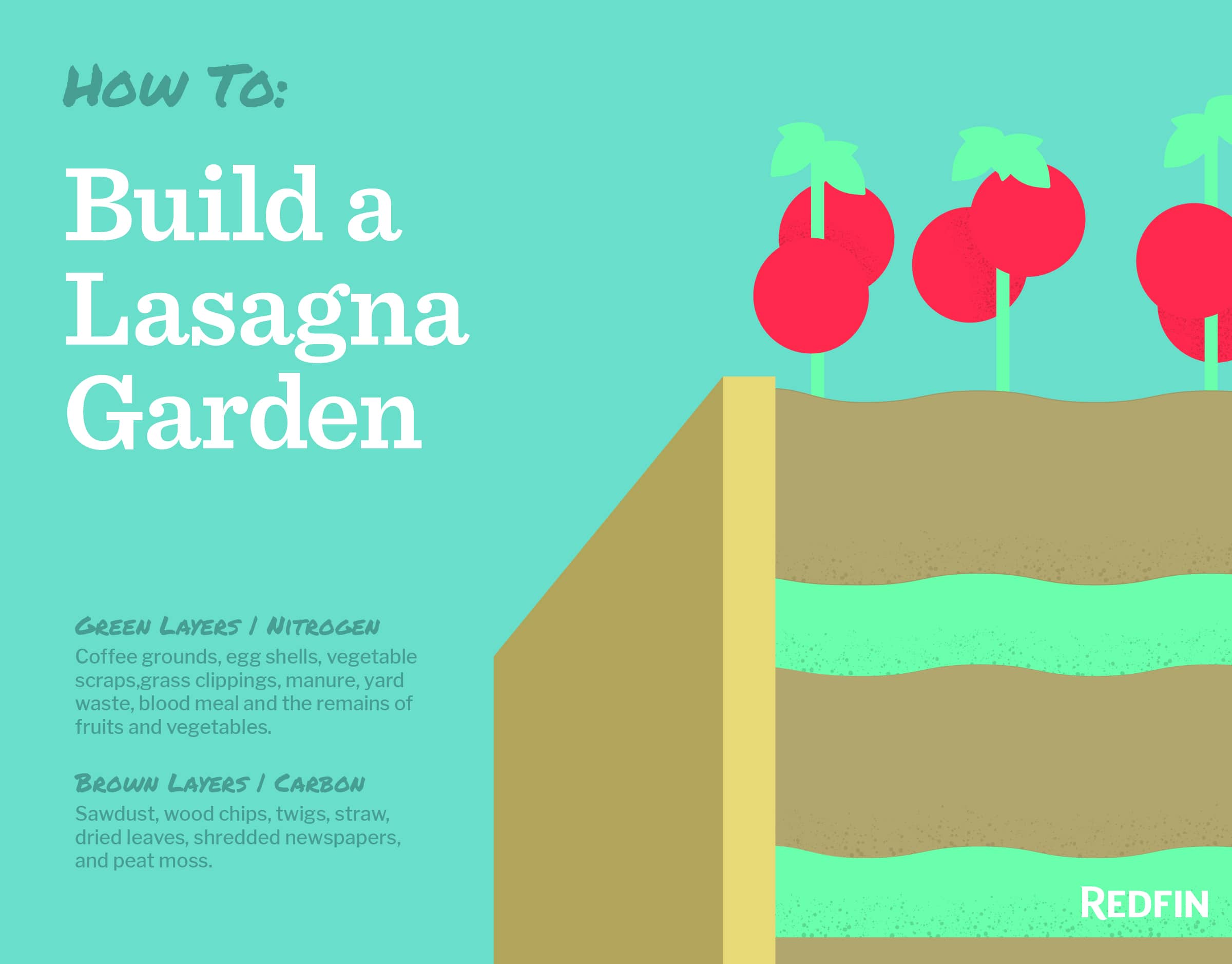Introduction
Creating a lasagna garden is an innovative and eco-friendly way to grow healthy plants without traditional digging or tilling. Also known as sheet composting, a lasagna garden uses layers of organic materials to build nutrient-rich soil directly on top of the ground. This method improves soil structure, moisture retention, and fertility, making it ideal for gardeners of all levels. In this article, we’ll explore how to make a lasagna garden from start to finish, share expert tips, and explain why this technique is becoming increasingly popular among sustainable gardeners.
What Is a Lasagna Garden?
Understanding the Basics
A lasagna garden is a no-dig gardening technique that involves layering organic matter in a specific order to create fertile soil. The name comes from its layered construction, similar to the layers in a lasagna dish. Instead of tilling or turning soil, you build up layers of “brown” and “green” materials that decompose over time, enriching the soil naturally.
Benefits of Lasagna Gardening
- Improves soil health without disturbing existing ecosystems
- Retains moisture effectively, reducing watering needs
- Suppresses weeds by blocking sunlight with thick organic layers
- Reduces waste by recycling kitchen scraps and yard waste
- Enhances biodiversity by attracting beneficial insects and microbes
How to Make a Lasagna Garden: Step-by-Step
Step 1: Choose the Right Location
Select a flat or gently sloping area that receives adequate sunlight for the plants you want to grow. Lasagna gardens work well on bare soil, grass, or even compacted surfaces. Avoid areas with standing water or poor drainage.
Step 2: Prepare the Base Layer
Start by mowing or cutting down any grass or weeds to reduce bulk. Then, lay down a thick layer (about 4-6 sheets) of wet newspaper or cardboard. This base layer acts as a weed barrier and will break down over time.
Step 3: Build Alternating Layers
Add layers of “brown” and “green” materials in alternating fashion:
- Brown materials: dry leaves, straw, shredded paper, sawdust, cardboard
- Green materials: kitchen vegetable scraps, coffee grounds, fresh grass clippings, manure
Aim for 3-4 inches of each layer and keep layering to a height of 12-18 inches. Water each layer lightly to maintain moisture but avoid soaking.
Step 4: Top with Compost or Soil
Finish by adding a 2-4 inch layer of finished compost or quality garden soil on top. This provides beneficial microbes and a planting medium for seeds or transplants.
Step 5: Plant and Maintain
Plant your seeds or seedlings directly into the topsoil layer. Water regularly to keep the layers moist, especially during dry periods. Over time, the layers will decompose, creating rich, fertile soil.
Tips for Successful Lasagna Gardens
- Use a variety of brown and green materials for balanced nutrition.
- Shred or chop larger materials to speed decomposition.
- Avoid using diseased plants or chemically treated materials.
- Add a layer of mulch on top to further retain moisture and suppress weeds.
- Rotate crops yearly to prevent nutrient depletion.
Real-World Example: Lasagna Gardening in Urban Spaces
In urban community gardens, lasagna gardening has transformed vacant lots into productive green spaces without heavy equipment. According to a study by the Urban Agriculture Collective (2022), gardeners using lasagna beds reported a 30% increase in vegetable yield and improved soil quality within one growing season. This technique also reduces labor and makes gardening accessible to beginners.
Conclusion
Making a lasagna garden is a sustainable, effective way to grow plants by harnessing natural decomposition and organic matter layering. This no-dig method enhances soil fertility, conserves water, and reduces weeds, making it perfect for gardeners seeking an eco-friendly approach. By following the steps outlined above and applying expert tips, you can create a thriving lasagna garden that nurtures plants and the environment alike. Start layering today and enjoy a bountiful, low-maintenance garden for years to come!
